Filter by
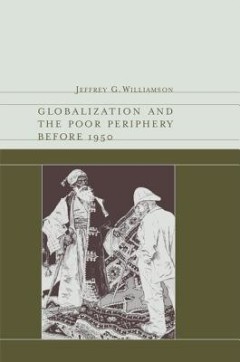
Globalization and the poor periphery before 1950
"In Globalization and the Poor Periphery before 1950 Jeffrey Williamson examines globalization through the lens of both the economist and the historian, analyzing its economic impact on industrially lagging poor countries in the nineteenth and early twentieth centuries. Williamson argues that industrialization in the core countries of northwest Europe and their overseas settlements, combined wi…
- Edition
- -
- ISBN/ISSN
- 9780262286329
- Collation
- 1 online resource (x, 189 pages) : illustrations
- Series Title
- Ohlin Lectures
- Call Number
- 362 WIL g
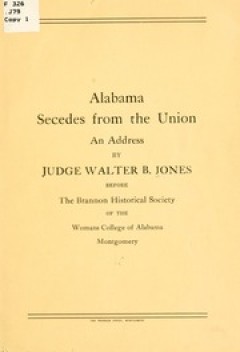
Alabama secedes from the Union; an address
- Edition
- -
- ISBN/ISSN
- -
- Collation
- 16 p. 23 cm
- Series Title
- -
- Call Number
- -
- Edition
- -
- ISBN/ISSN
- -
- Collation
- 16 p. 23 cm
- Series Title
- -
- Call Number
- -
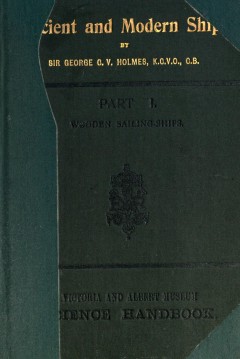
Ancient and modern ships
'I'o !)(_• purcbaSL-d. eitlur directly or throuLili .inv' Houk^eller, fruiii WVMAN .V SONS. Ltd., l-ftlL-r I. am-, London. i;.C ; or ()L!\I;K .\n1) H()\1). Twecddalc Court, I:dinbnrt4li ; or i;. I'OXSONin, IK), Cratton Street, Lhililin ; or on person, d .ipplicaiioii It the Catalogue Stall, The Science .Museum, South KeiiMUf^toii. S.W.
- Edition
- -
- ISBN/ISSN
- 2772068820
- Collation
- cdl; americana
- Series Title
- 1
- Call Number
- -

Studies of Christianity, or, Timely Thoughts for Religious Thinkers : a serie…
- Edition
- -
- ISBN/ISSN
- -
- Collation
- xlix, 494 p.400-1
- Series Title
- -
- Call Number
- 230
- Edition
- -
- ISBN/ISSN
- -
- Collation
- xlix, 494 p.400-1
- Series Title
- -
- Call Number
- 230
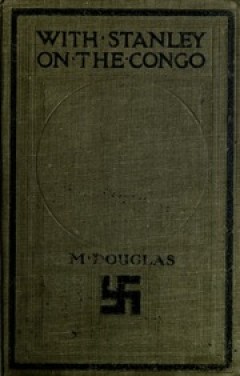
With Stanley on the Congo
The book relates to Sir Henry Morton Stanley, a Welsh journalist and explorer. Stanley is known for his exploration of central Africa, his search for missionary and explorer David Livingstone and his search for the source of the Nile. Historical - United Kingdom & Africa. Biographical interest.
- Edition
- -
- ISBN/ISSN
- -
- Collation
- 215 p
- Series Title
- -
- Call Number
- 967.24

Dreamworld and Catastrophe: The Passing of Mass Utopia in East and West
"This book offers a reevaluation of the twentieth century. It argues that the disintegration of Soviet socialism marked the abandonment of the idea of mass utopia by both sides in the Cold War. One of the casualties of the end of that war was the shattering of dreamworlds of industrialization, mass culture, and historical progress that gave meaning to collective social life in East and West. Dr…
- Edition
- -
- ISBN/ISSN
- 9780262269506
- Collation
- 1 online resource (xvi, 368 pages) :illustrations (some color)
- Series Title
- -
- Call Number
- -

Peter Parley's Tales of Greece and Rome
- Edition
- -
- ISBN/ISSN
- -
- Collation
- vi, 224 p., [8] leaves of plates :
- Series Title
- -
- Call Number
- 900 GOO p
- Edition
- -
- ISBN/ISSN
- -
- Collation
- vi, 224 p., [8] leaves of plates :
- Series Title
- -
- Call Number
- 900 GOO p
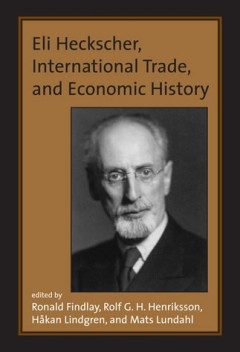
Eli Heckscher, International Trade, and Economic History
"The contributors first discuss Heckscher's efforts to forge the discipline of economic history by combining both the historian's careful evaluation of sources and the economist's rigorous models. The Heckscher-Ohlin theory of factor proportions is described and tested empirically. Contributors then apply the theory to historical material, including Mediterranean trade in Biblical times, the ec…
- Edition
- -
- ISBN/ISSN
- 9780262272643
- Collation
- 1 online resource (xi, 560 pages, 8 unnumbered pages of plates) :illustrations
- Series Title
- -
- Call Number
- -

Energy at the Crossroads: Global Perspectives and Uncertainties
In Energy at the Crossroads, Vaclav Smil considers the twenty-first century's crucial question: how to reconcile the modern world's unceasing demand for energy with the absolute necessity to preserve the integrity of the biosphere. With this book he offers a comprehensive, accessible guide to today's complex energy issues -- how to think clearly and logically about what is possible and what is …
- Edition
- -
- ISBN/ISSN
- 9780262283847
- Collation
- 1 online resource (xiv, 427 pages) :illustrations, maps
- Series Title
- -
- Call Number
- -
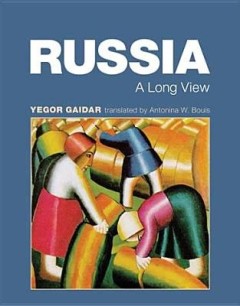
Russia: Long View
Translated from the Russian.An important Russian economist and politician takes a long view of economic history and Russia's development.OCLC-licensed vendor bibliographic record.
- Edition
- -
- ISBN/ISSN
- 9780262305303
- Collation
- 1 online resource (xviii, 543 pages) :illustrations
- Series Title
- -
- Call Number
- -
 Computer Science, Information & General Works
Computer Science, Information & General Works  Philosophy & Psychology
Philosophy & Psychology  Religion
Religion  Social Sciences
Social Sciences  Language
Language  Pure Science
Pure Science  Applied Sciences
Applied Sciences  Art & Recreation
Art & Recreation  Literature
Literature  History & Geography
History & Geography